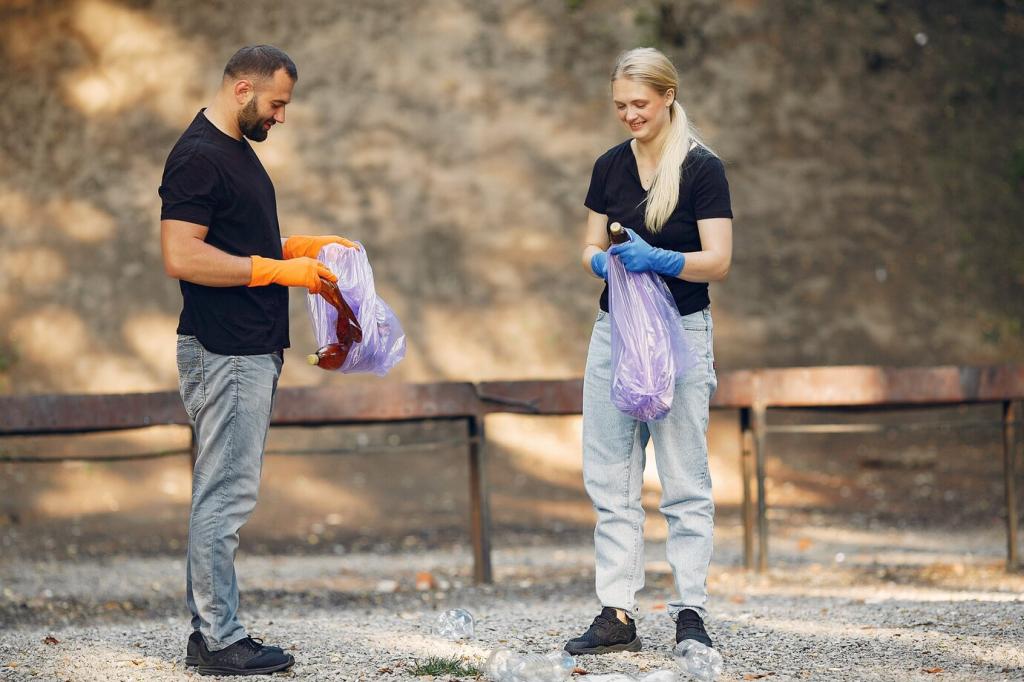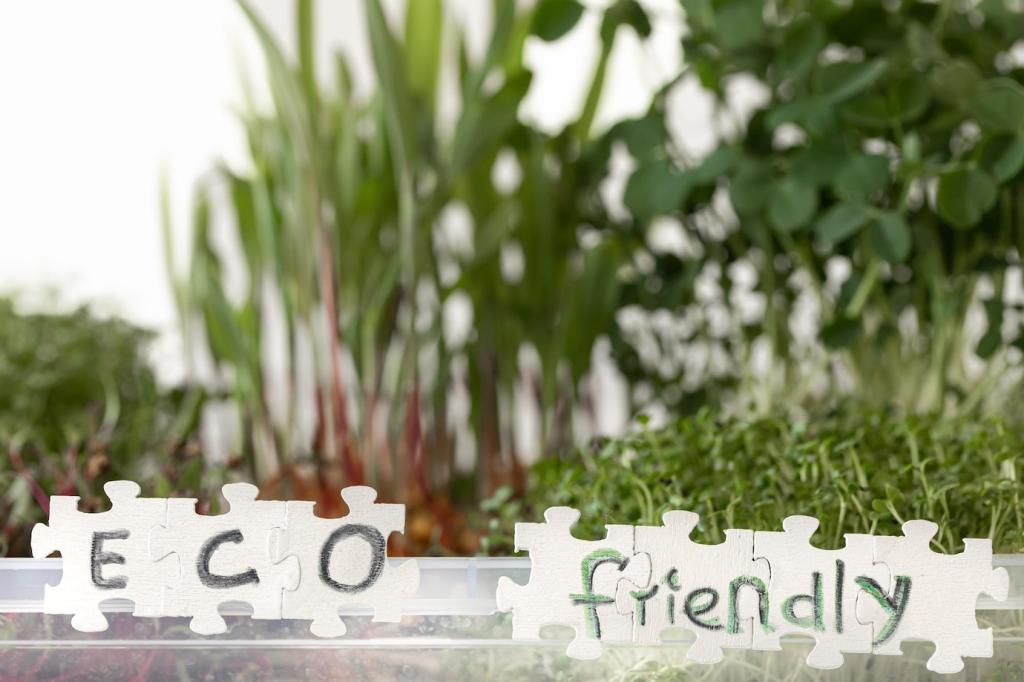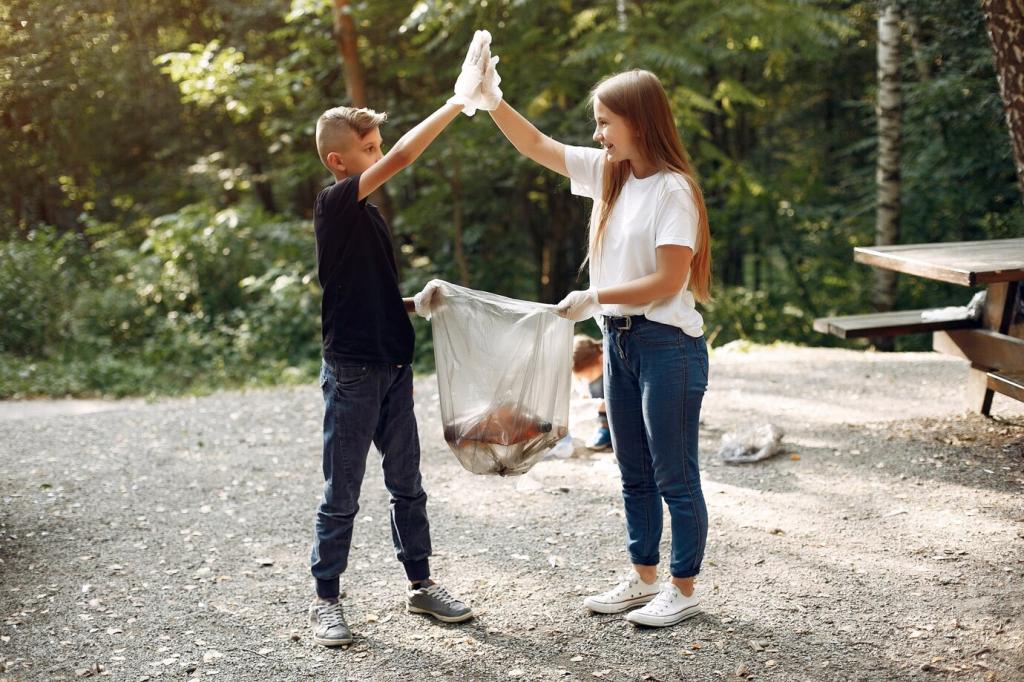Recipes You Can Trust
Melt 1 part beeswax with 3 parts jojoba oil over low heat; optional: add a pea-sized pinch of carnauba for extra hardness. Pour into a tin, cool, then apply a hazelnut-sized amount along the grain. Wait a few minutes and buff. Patch-test first, and share your results with our community.
Recipes You Can Trust
Combine 1 cup distilled water with 1 teaspoon castile soap and 1/2 teaspoon jojoba oil in a spray bottle. Optional: 2–3 drops lavender. Shake before use, mist a cloth (not the surface), and wipe. Avoid raw, unsealed wood or heavy wax build-up. Comment if you prefer a soap-free version.
Recipes You Can Trust
Stir 1/2 cup baking soda with a teaspoon of finely ground dried lavender or rosemary. Sprinkle lightly over upholstery, wait 30–45 minutes, then vacuum thoroughly. Skip essential oils if pets share the sofa, and avoid delicate silks. Tag us with your before-and-after moments and subscribe for seasonal fabric refreshers.
Recipes You Can Trust
Lorem ipsum dolor sit amet, consectetur adipiscing elit. Ut elit tellus, luctus nec ullamcorper mattis, pulvinar dapibus leo.






